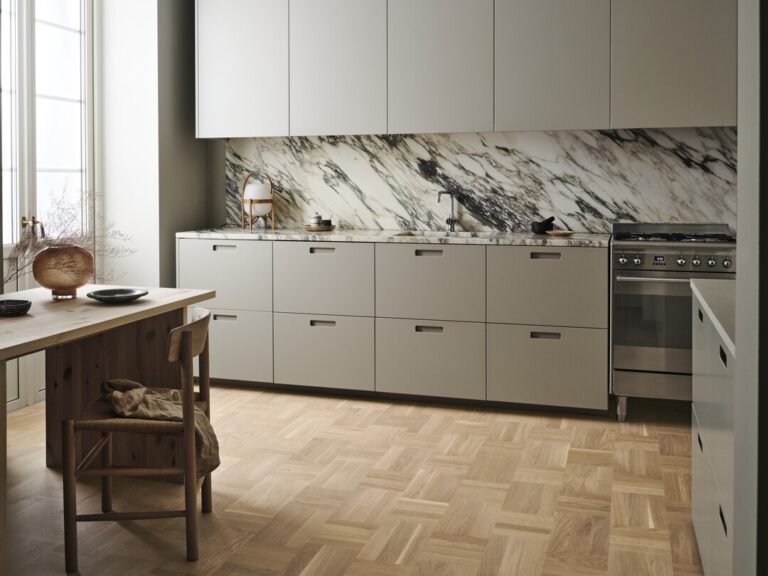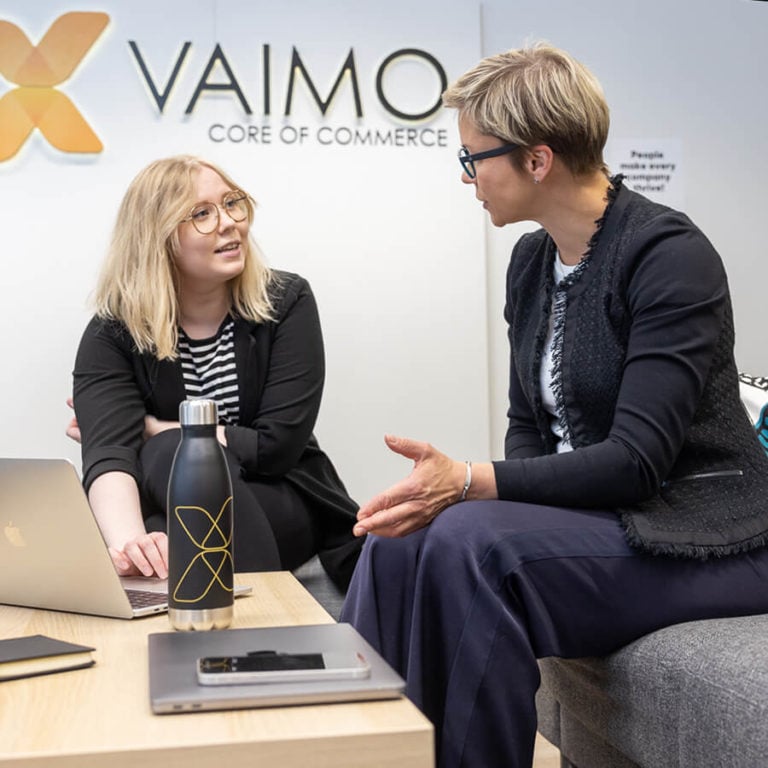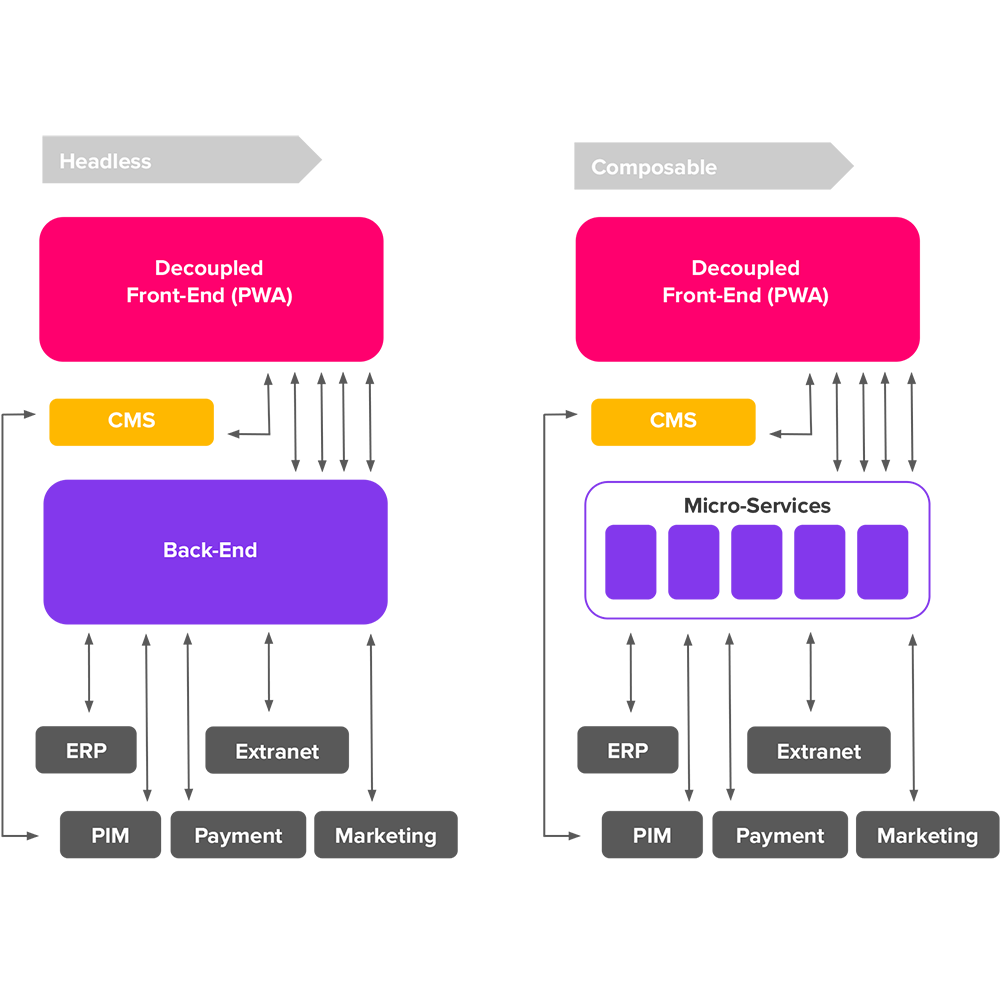Our work
-


Discovery for Tarkett
Tarkett partners with Vaimo to pioneer their D2C ecommerce journey, leveraging over 140 years of flooring expertise for digital transformation.
View project -


Rapala’s headless commerce solution
Vaimo built a new headless solution for Rapala on the Adobe Commerce Cloud platform. The project included a total brand refresh and introduced new modern functionalities.
View project -

Furrion brand site
Vaimo launched a dedicated brand experience for Furrion on Shopify Plus while connecting to Lippert’s scalable digital foundation.
View project
















